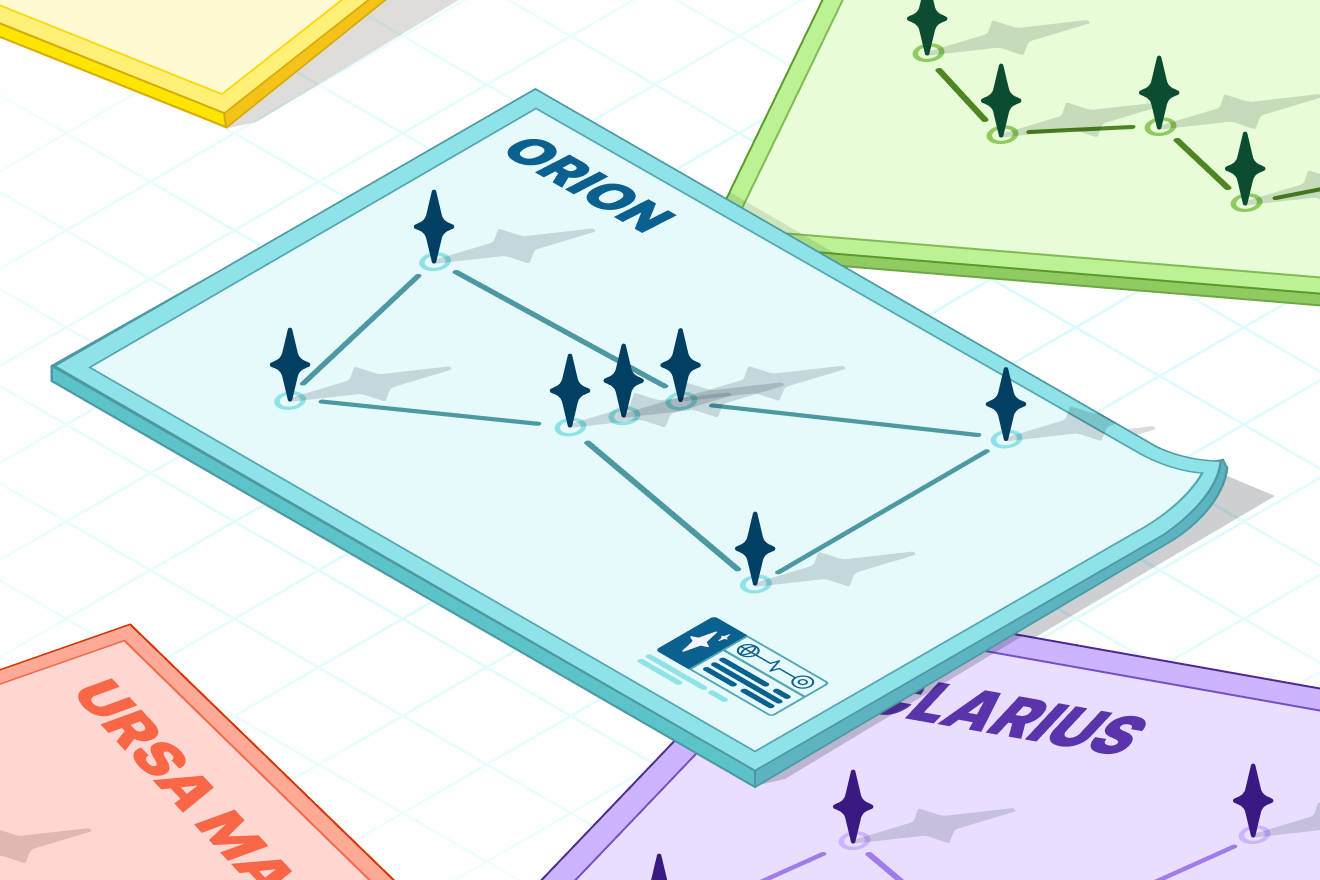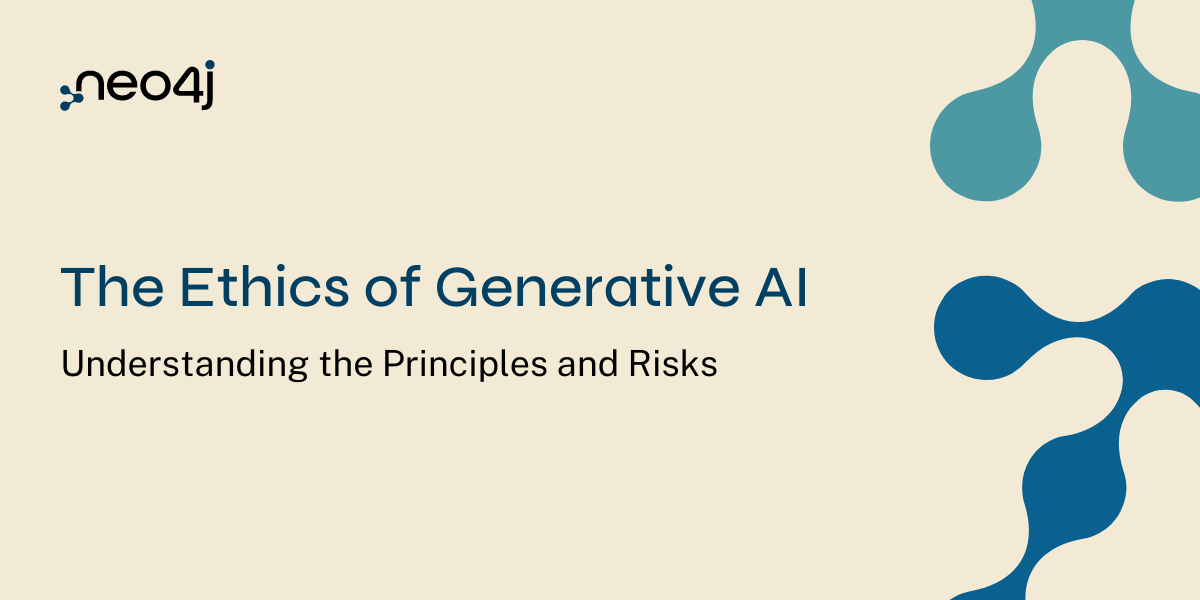

LLM Knowledge Graph Builder Back-End Architecture and API Overview
11 min read


This Week in Neo4j: Developer Survey, Supply Chain, Knowledge Graph, Agentic RAG and more
2 min read

The Ethics of Generative AI: Understanding the Principles and Risks
13 min read
